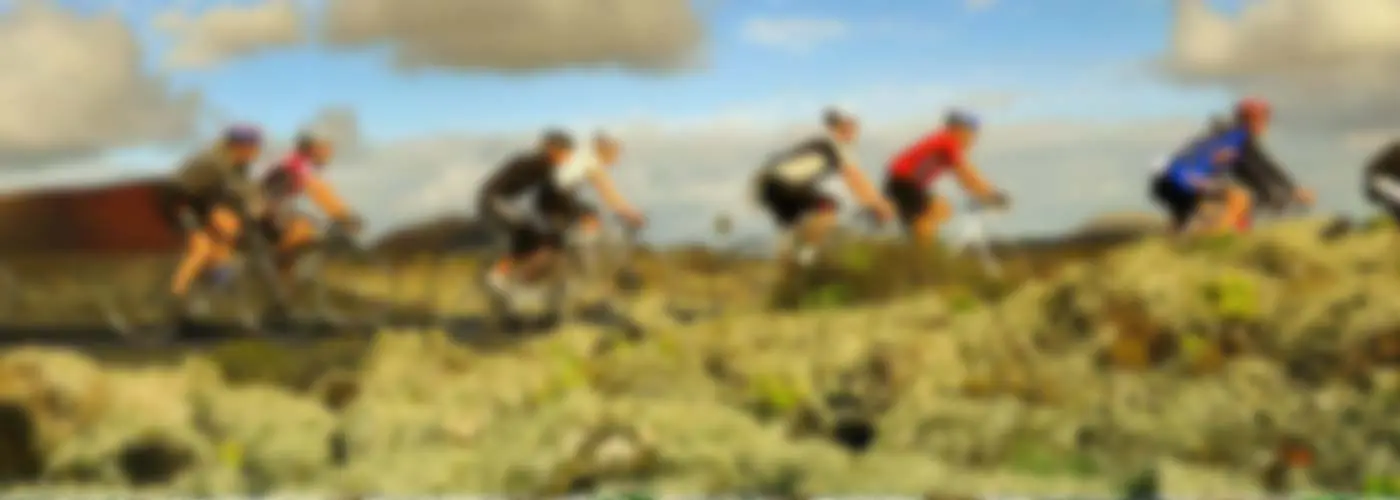Your Bike Will Be Eaten
1 of 8
Seen in Portland, this sign is visible before a bike lane or bike route crosses railroad tracks; it serves as a warning to cross the tracks carefully or risk going over the handlebars.
Search for a
century rideBegin Right Turn Lane
2 of 8
On roads where a motor vehicle switching to a right-turn lane must cross a bike lane to get there, this sign warns both parties of the upcoming merge, while making it certain who has right-of-way.
Search for a
century rideBicycle Surface Condition Warning
3 of 8
This sign is a simple of way of telling you that you are riding in an area that could have road conditions that could cause you to lose control of your bike.
Search for a
century rideIt's All Yours
4 of 8
When a bike lane is not feasible due to the width of the road, signs can be placed dictating the cyclists are allowed to use the entire lane—not just the right-hand side.
Search for a
century rideHow to Cross Rail Tracks
5 of 8
Seattle has in-ground rail tracks that can be a serious hazard for cyclists angling over them with skinny tires. This sign not only serves as a warning of the danger ahead—but also offers the solution of crossing at a 90-degree angle (Photo: SDOT Flickr)
Search for a
century rideTo Request Green?
6 of 8
This sign, called the Bicycle Signal Actuation sign, demonstrates where a cyclist should park at a traffic light to make sure they announce their presence to the signal. In this case, the picture of the cyclist on the sign will also be marked on the road, so cyclist will know right where to go.
Search for a
century rideKeep Left, Right?
7 of 8
In this scenario, a cyclist will be on a pathway that's used by both bikes and pedestrians. To separate the two and prevent accidents, pedestrians stay on the left and cyclists stay on the right (this sign is often reversed, so look carefully).







Discuss This Article